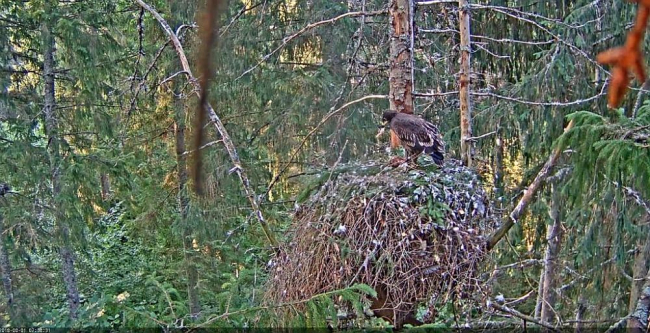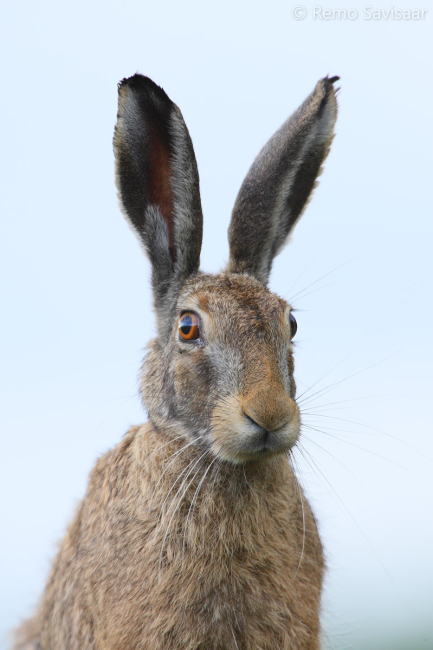Who will be two months old today?
Screenshot from webcam IceAge, LK forum
English translation Liis
Estonian text posted 01.08.2018
Male Tõnn brought a largish prey that the eaglet manages very well on his own
Larger spotted eagle Suur-konnakotkas Aquila clanga or Clanga clanga





